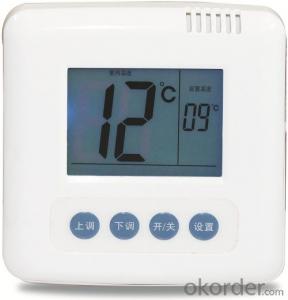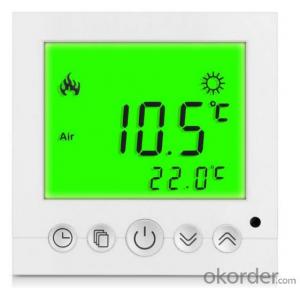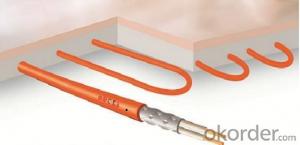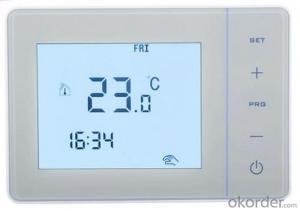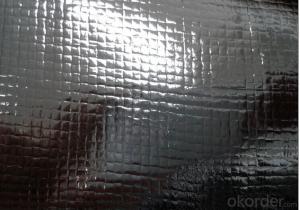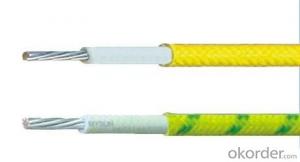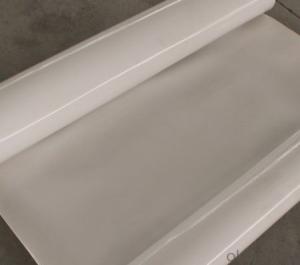Solar Inverter System
Solar Inverter System Related Searches
Primer For Galvanized Steel H S Code For Stainless Steel Wd 40 For Stainless Steel Spray Paint For Stainless Steel Glue For Stainless Steel Step Bit For Stainless Steel Magnets For Stainless Steel Caulking For Stainless Steel Steel Vessels For Kitchen Best Solar Inverter For HomeHot Searches
Steel Mesh Panels For Sale Cheap High Tea Sets For Sale High Density Fiberboard For Sale Solar Hot Water Collectors For Sale Scaffolding For Sale In Uae Scaffolding For Sale In Ireland Scaffolding For Sale In Houston Type Of Inverter For Solar Price Of Shipping Containers For Sale Used Solar Inverter For Sale Portable Led Signs For Sale Stone Hot Water Bottles For Sale Large Led Screens For Sale 1/4 Aluminum Plate For Sale H4 Led Headlight Bulbs For Sale Flexible Solar Cells For Sale Air Pump For Aquarium Price Inverter Size For Solar System Solar Edge Inverter For Sale Aluminum Bar Stock For SaleSolar Inverter System Supplier & Manufacturer from China
Okorder.com is a professional Solar Inverter System supplier & manufacturer, offers integrated one-stop services including real-time quoting and online cargo tracking. We are funded by CNBM Group, a Fortune 500 enterprise and the largest Solar Inverter System firm in China.Hot Products
FAQ
- Yes, a solar inverter can be used with a solar tracker system. The solar inverter is responsible for converting the direct current (DC) generated by the solar panels into alternating current (AC) that can be used to power electrical devices. The solar tracker system, on the other hand, adjusts the position of the solar panels to maximize sunlight exposure throughout the day. Both systems work together to optimize the efficiency and output of the solar power system.
- Yes, a solar inverter can be used in areas with unstable grid connections. Solar inverters are designed to handle fluctuations and interruptions in the grid power supply. They typically have built-in features such as anti-islanding protection and grid support functionalities that ensure safe operation even in areas with unreliable grid connections. These inverters can switch seamlessly between grid power and solar power, providing a consistent power supply to the connected loads in such areas.
- The role of a solar inverter in reactive power compensation during grid disturbances is to regulate and stabilize the flow of reactive power between the solar PV system and the grid. During grid disturbances, such as voltage fluctuations or power factor variations, the solar inverter can actively inject or absorb reactive power to maintain the voltage and power factor within acceptable limits. This helps in improving the overall stability and reliability of the grid system, ensuring efficient power transfer, and minimizing any adverse effects on the grid and connected electrical devices.
- Yes, a solar inverter can be connected to a battery storage system. This allows excess solar energy generated during the day to be stored in the batteries and used later when there is no sunlight, providing a reliable source of power.
- The maximum number of AC outputs in a solar inverter can vary depending on the specific model and design of the inverter. However, in general, most residential solar inverters typically have one or two AC outputs, while commercial or utility-scale inverters can have multiple AC outputs, ranging from three to even a dozen or more, depending on the requirements of the installation.
- The temperature can significantly affect the performance of a solar inverter. As the temperature increases, the efficiency of the inverter decreases. This is because the internal components of the inverter can overheat, leading to a decrease in power conversion efficiency. Additionally, high temperatures can also cause voltage drops and create thermal stress on the components, which can further impact the performance and longevity of the inverter. Therefore, it is crucial to consider temperature management and cooling mechanisms to ensure optimal performance and reliability of a solar inverter.
- Yes, a solar inverter can be used in a commercial solar system. In fact, it is an essential component as it converts the direct current (DC) generated by the solar panels into alternating current (AC) that can be used to power commercial buildings and equipment. The solar inverter ensures efficient and reliable energy conversion, making it suitable for both residential and commercial solar installations.
- The role of transformerless design in a solar inverter is to eliminate the need for a bulky and heavy transformer, resulting in a smaller, lighter, and more efficient inverter. By removing the transformer, the design reduces energy losses, improves power conversion efficiency, and lowers manufacturing and installation costs. Additionally, transformerless inverters allow for increased flexibility in system design and make it easier to integrate with other renewable energy sources and smart grid technology.
